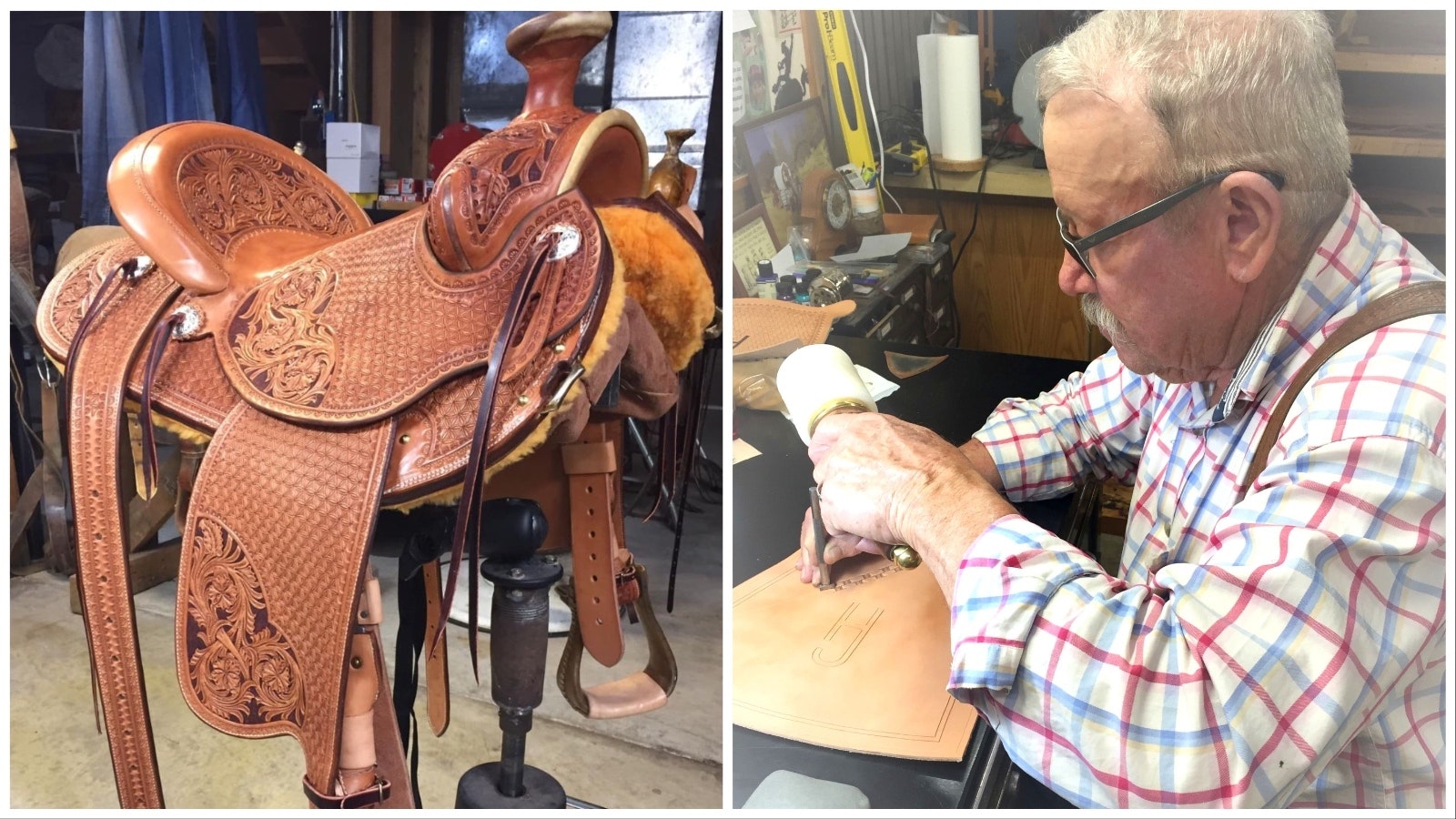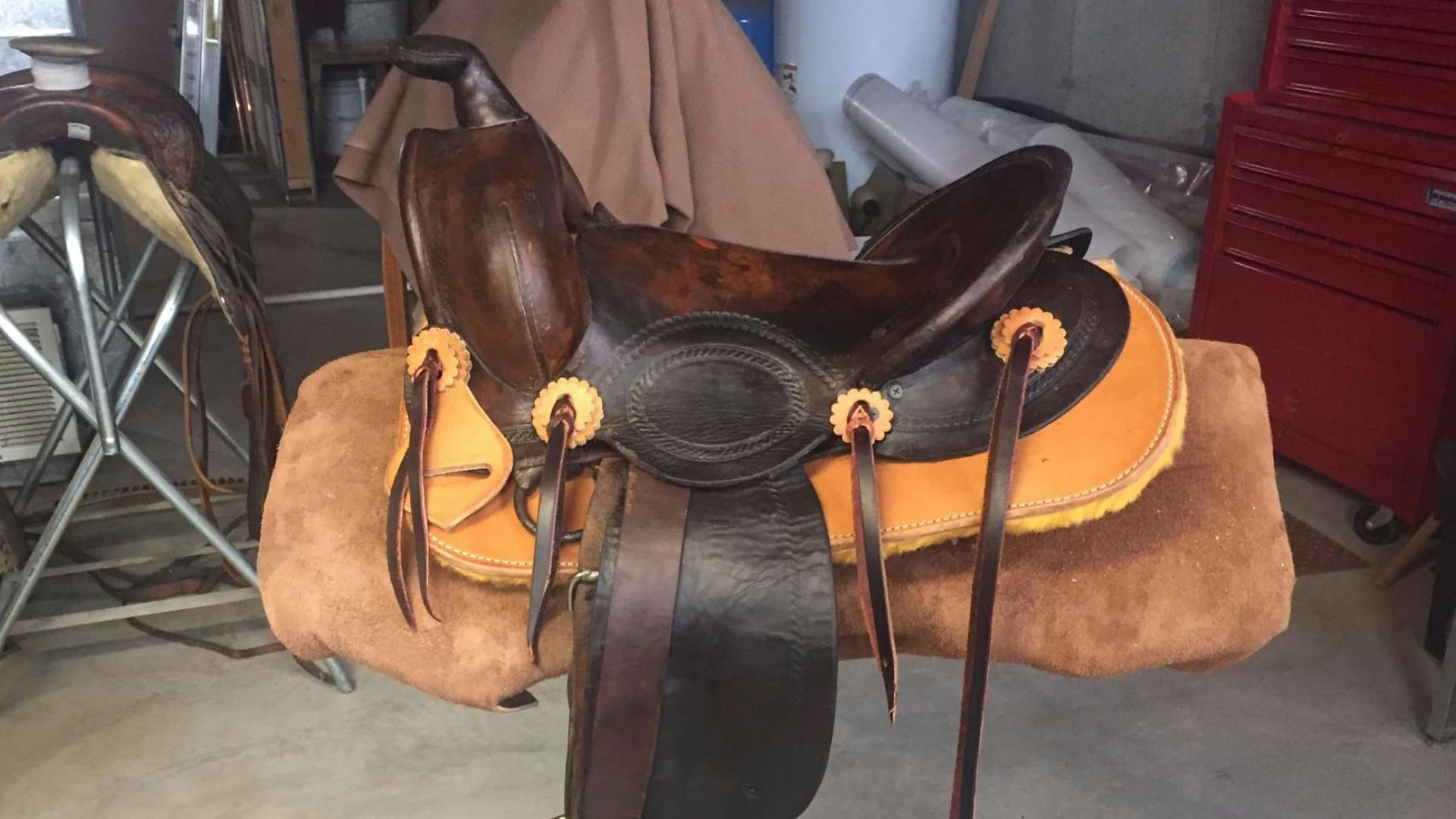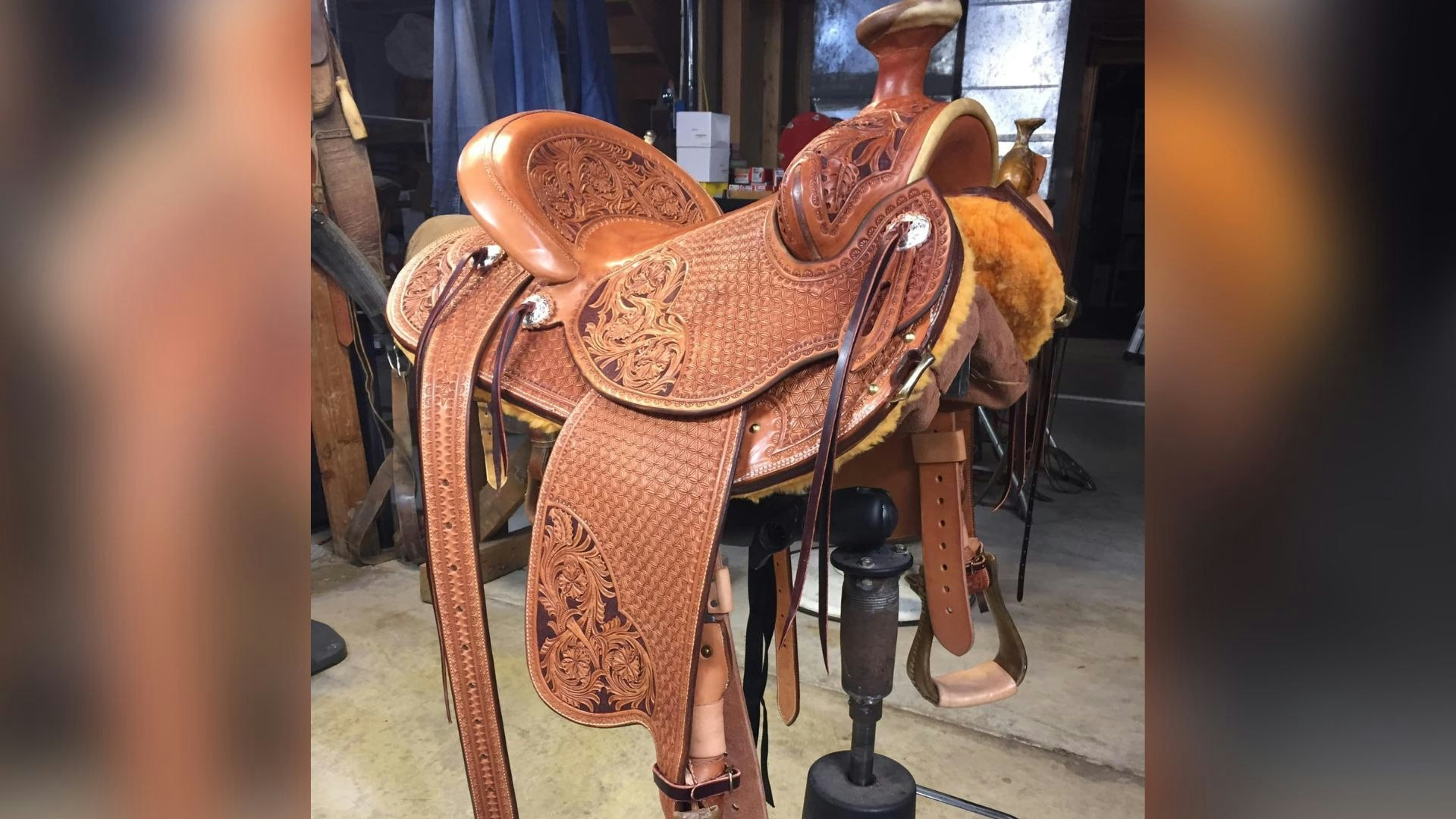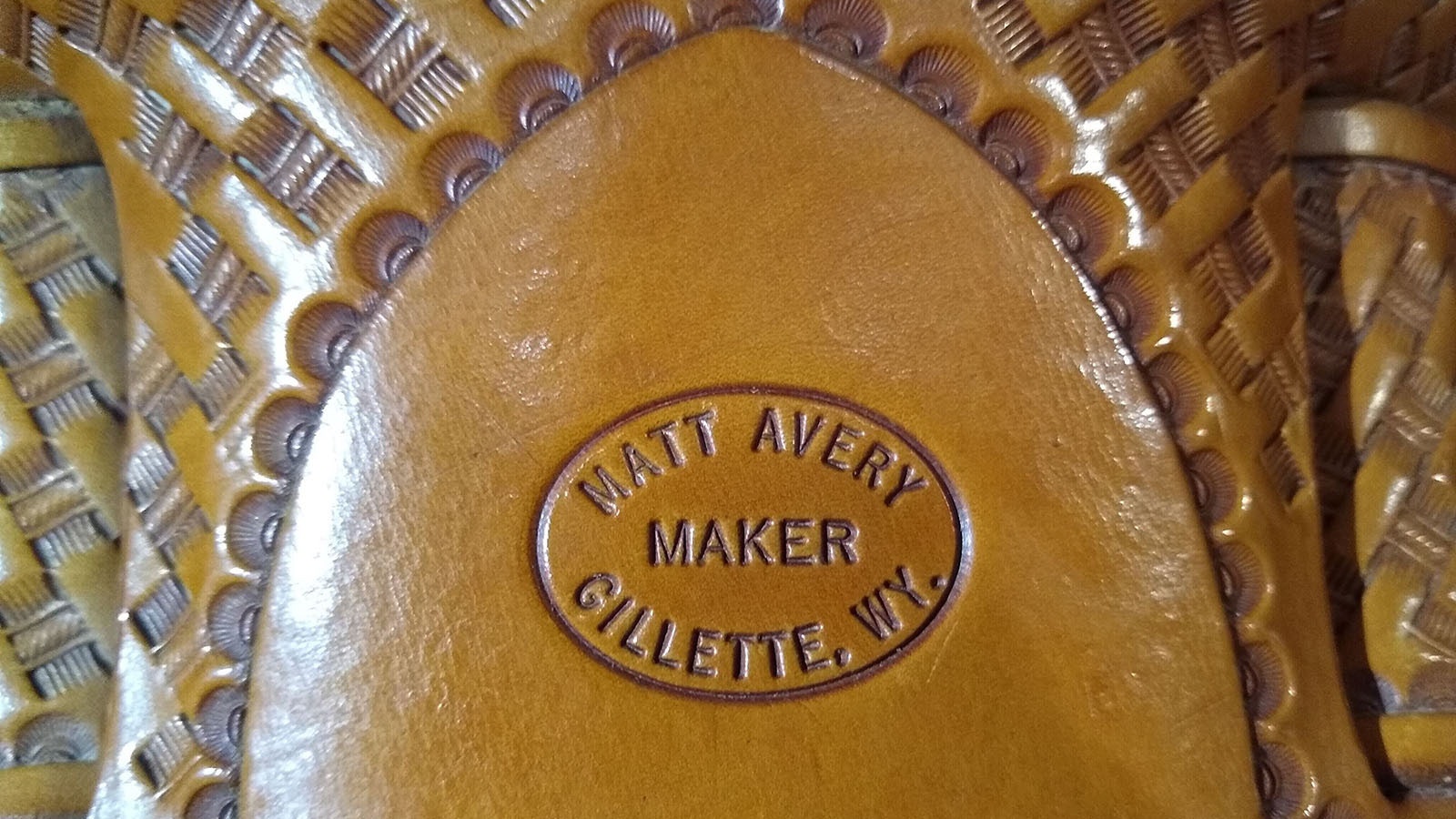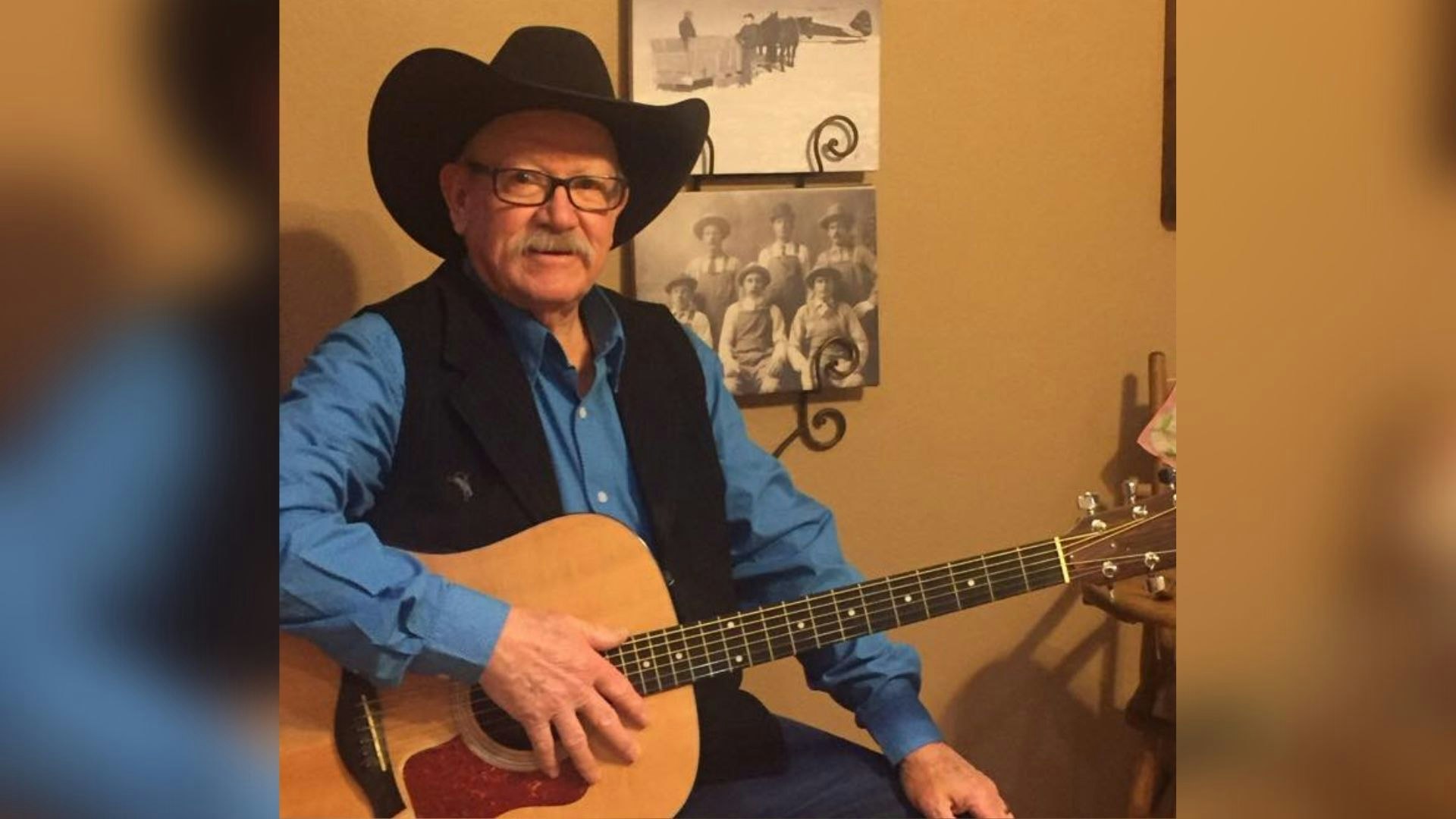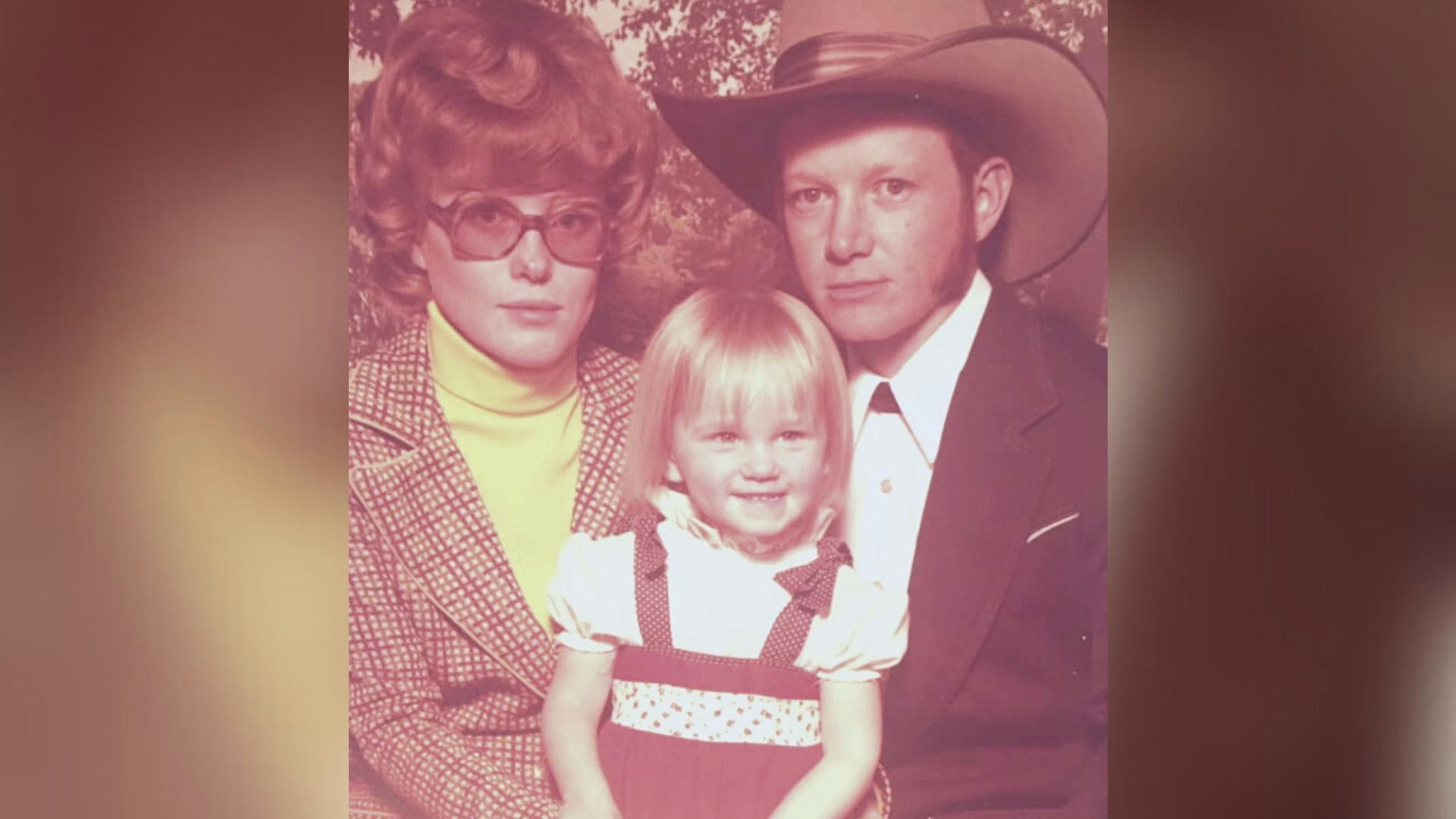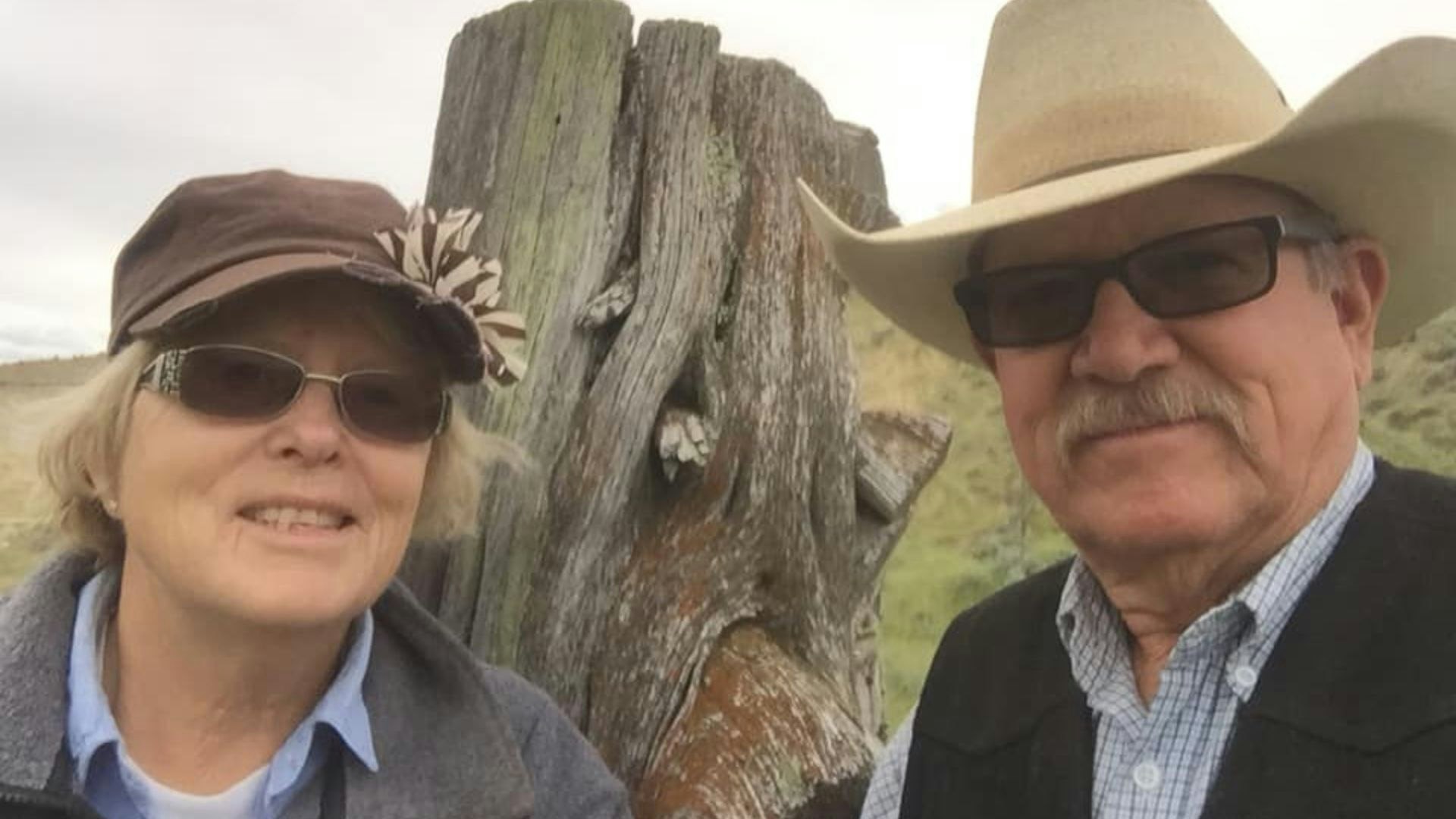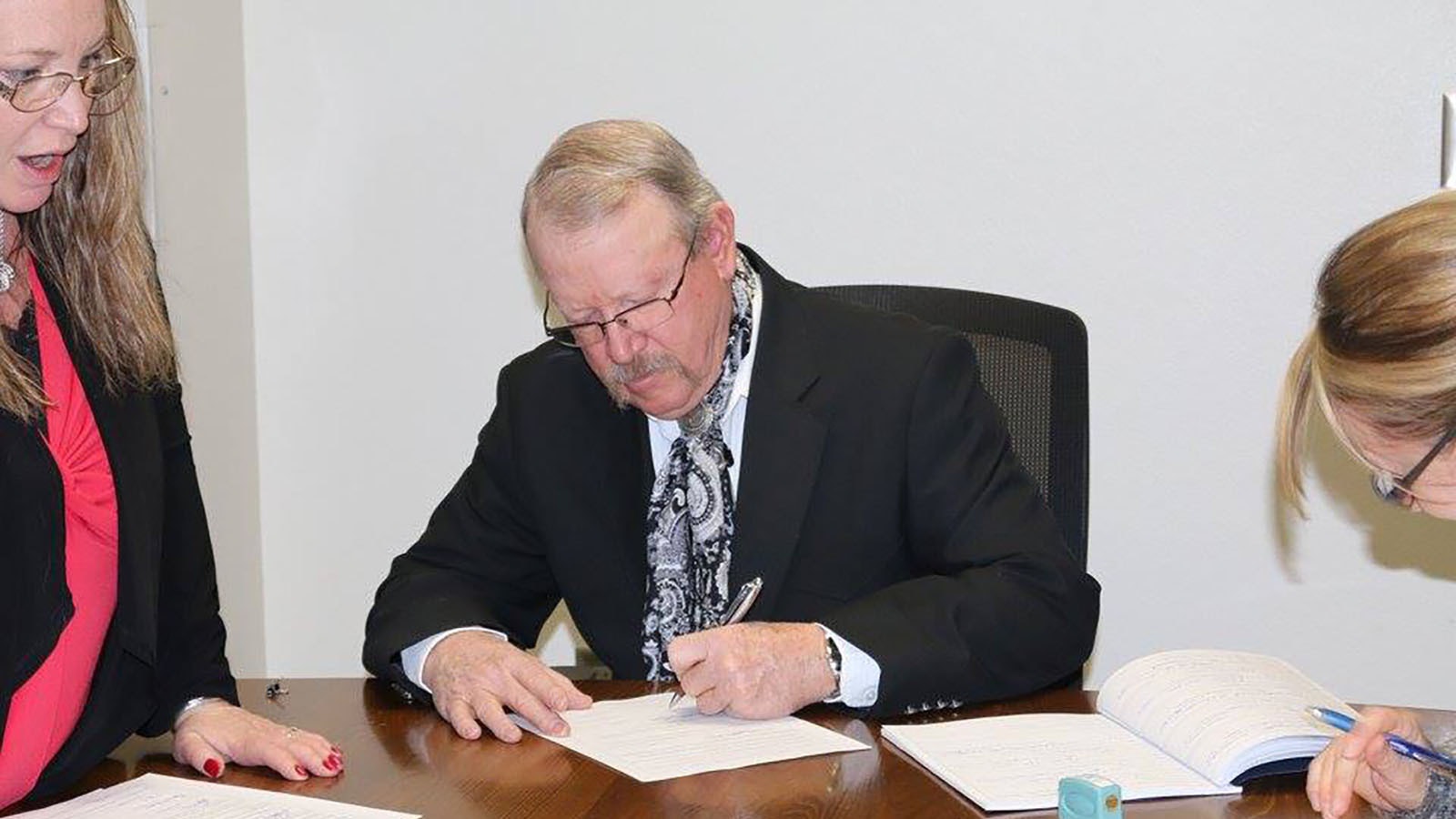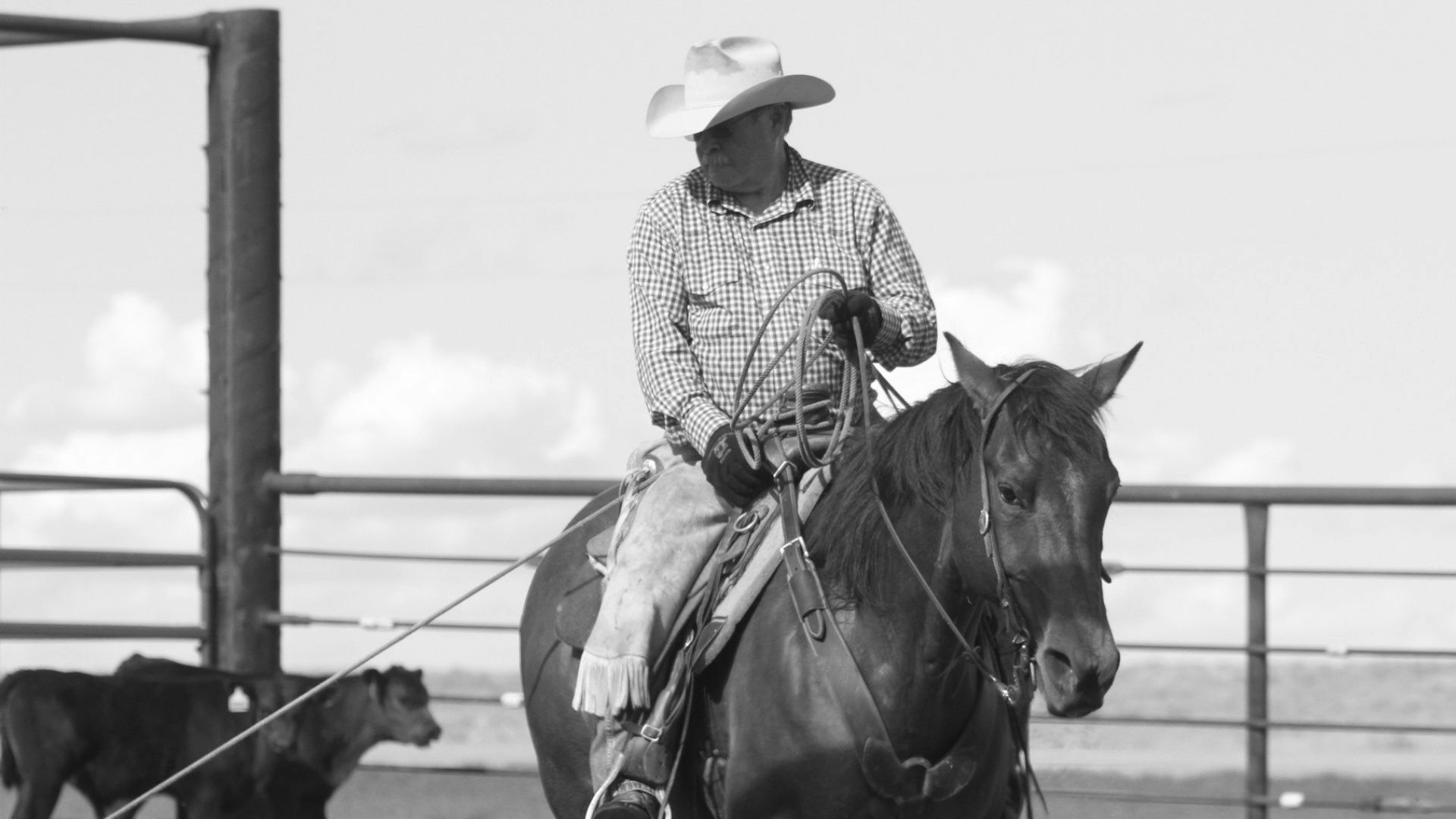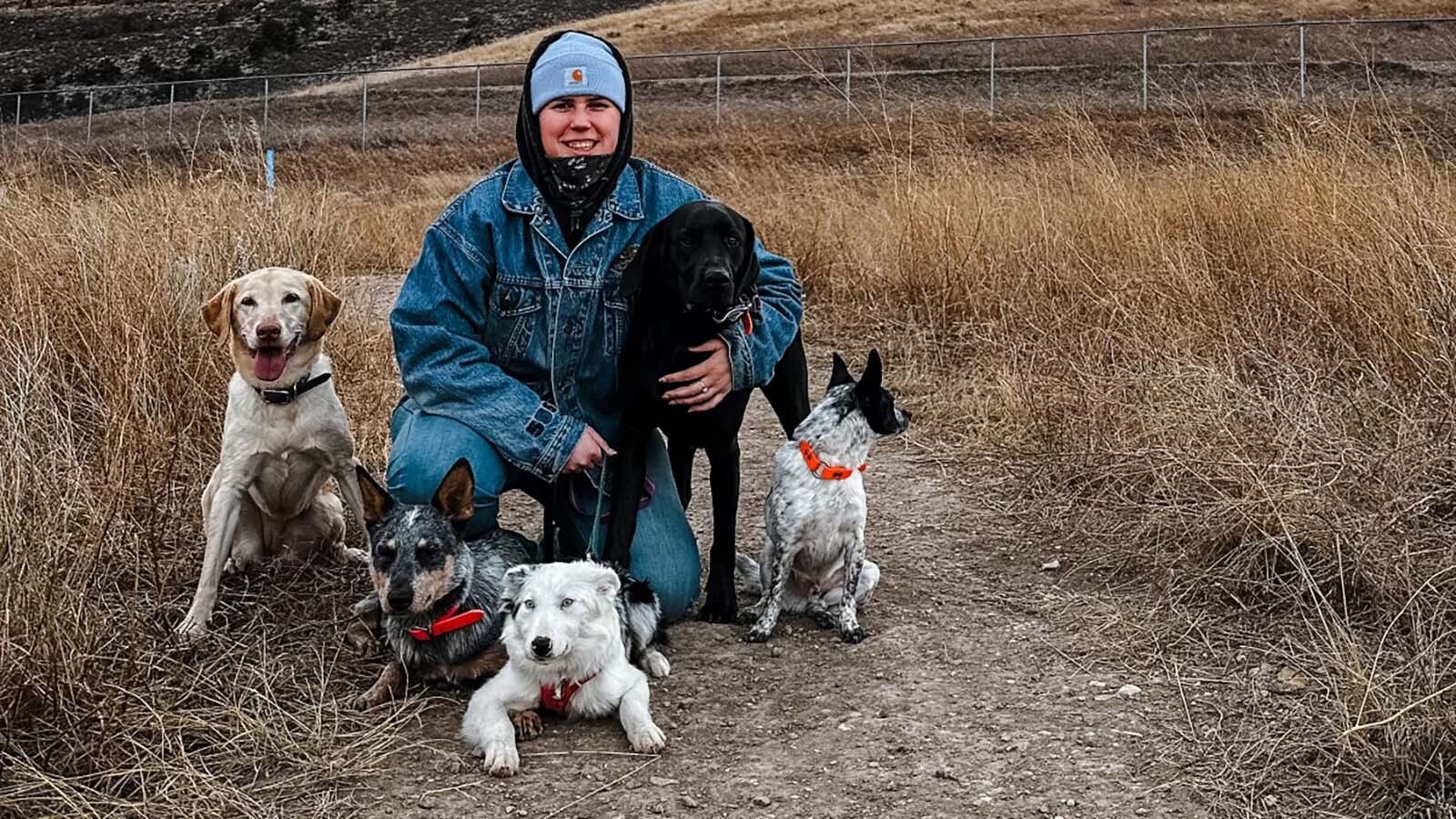Matt Avery’s life revolves around the land.
As a rancher, he and his family manage more than 500 head of cattle near Rozet, about 15 miles east of Gillette in Campbell County. It’s a legacy that has spanned five generations.
As a two-term Campbell County commissioner, Avery focused on responsible decision-making, especially about energy development and fiscal challenges.
And on the side, Avery’s expert leatherwork can be found at ropings and brandings everywhere in northeast Wyoming. His saddles are sought after for their workmanship and design.
Wyoming Born
Avery has spent most of his life in northeast Wyoming, with the exception of his early years just across the border in Lodgegrass, Montana.
“I was born in Sheridan in 1953, but my parents had a small ranch in Powder River County, Montana,” Avery told Cowboy State Daily. “Halfway through my fourth grade year, they transferred my parents to a ranch north of Gillette about 45 miles.”
After he graduated from high school, Avery met and married the love of his life, Diann, and together the couple had one daughter, Tina.
“We’ll celebrate 50 years of marriage this summer, in August,” said Avery, adding that for putting up with him, Diann “needs a Purple Heart.”
In 1991, after her parents decided to retire from farming and ranching, Matt, Diann and their daughter moved onto Diann’s family ranch near Rozet. Avery is proud that the land they manage had already been in his wife’s family for two generations by the time they took over the operation.
“My wife's grandparents are the ones that originally started (the ranch),” said Avery. “They came from Iowa, and they were farmers, and they bought this place out of bankruptcy, I believe it was. And then my father in law, when he got out of World War II, he came home and worked with his dad and married a neighbor girl up the road.”
And the tradition has continued. The family homestead is now called the Avery-Graham ranch, as their daughter, Tina Graham, and her husband Marty are partners with Matt and Diann.
“We've grown our herd to over 500 head now,” said Avery. “So from starting from nothing to where we're at now, I feel like we've accomplished quite a bit.”
The family operation is growing as well. Avery said their granddaughter is expecting their first great-grandchild in July, and their grandson will be getting married soon.
“Our grandson works for us here on the ranch, and I hope he continues to stay with us, because I love and appreciate him. He's taken a lot of work off of my shoulders,” said Avery. “And my grandson in law, and my upcoming granddaughter in law, they all come from agricultural families, and I'm really proud of them.
“And so here on our ranch, my grandson makes the fifth generation on this place. A lot of ranches don't make it that long.”
Service To Community
As a youngster, Avery said he wasn’t the best student.
“I was probably one of the poorer students in high school, because I spent most of my time looking out the windows at things and all the opportunities on the outside of the building rather than thinking of the opportunities that I could have gained a little more inside of the school building,” he said.
But as he grew older, he began to realize that he could affect real change and contribute to his community as a public servant.
“There were several people that I idolized in my life that were ranchers, and they were county commissioners,” said Avery. “So I thought, someday I'd like to do that. And I felt that I could bring something to the table.”
In 2010, Avery ran for Campbell County commissioner, and was elected to two terms, serving from 2011 to 2018. But he said serving the county during a time of turmoil in the energy industry was a challenge.
“Coal and oil both tanked at the same time,” said Avery, “and our unemployment was high in Campbell County, and we had to do a bunch of cuts.”
But as difficult as it was to manage staffing levels during those tight years, he pointed out that the commissioners needed to keep in mind the big picture and the future.
“It takes a lot of work to think about the future and try to prepare for the future,” said Avery. “But we were able to put quite a bit of money away in long-term maintenance accounts and long-term capital replacement accounts. And so the county's set pretty well now.”
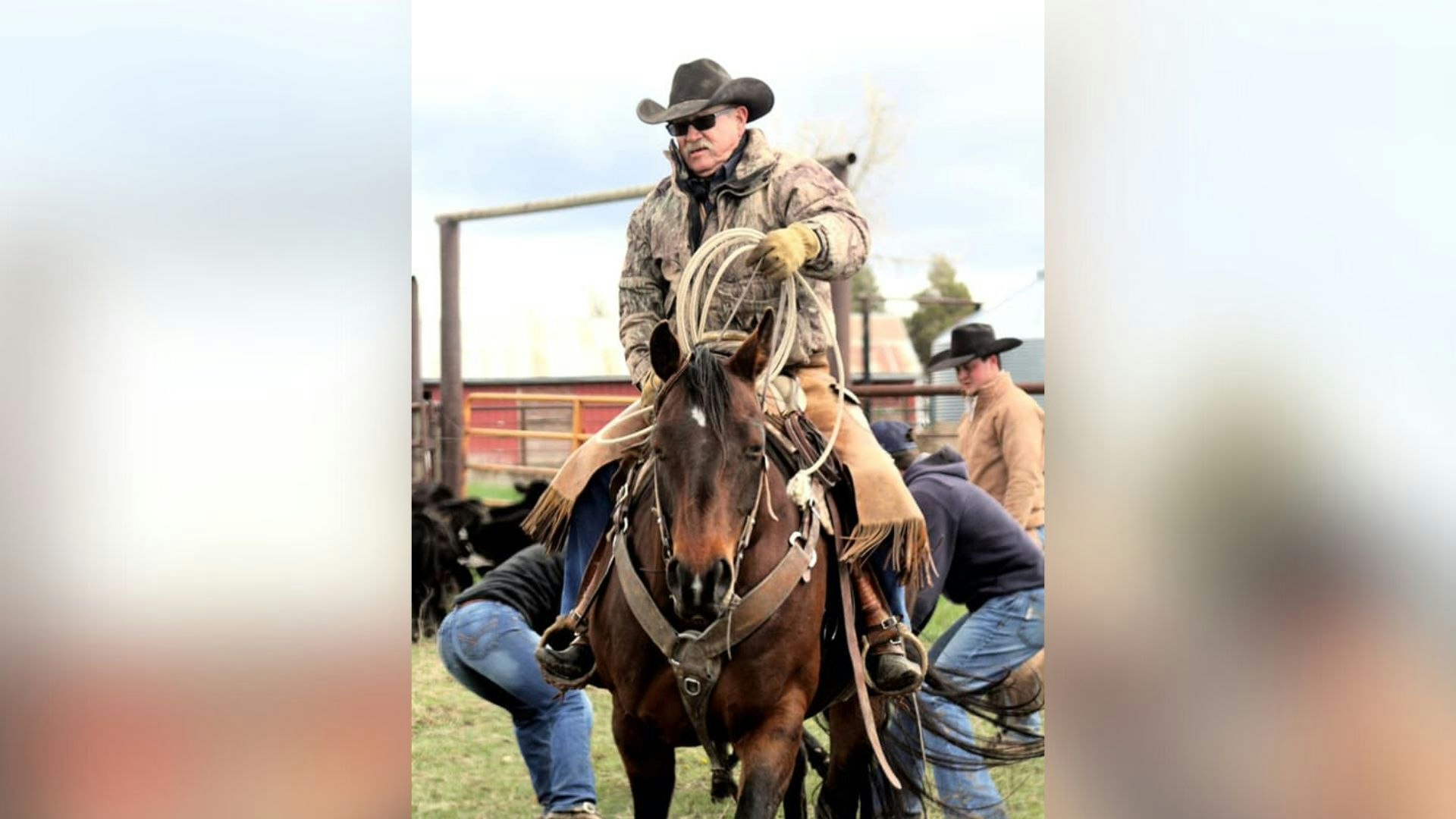
Saddle Up
When he was young, Avery’s father said something that would set him on a path he might not otherwise have followed.
“There was a neighbor lady who came up and demonstrated doing some leatherwork and leather carving, and my dad said, ‘You know, son, I think you’d be good at that,’” said Avery. “And I loved my dad very much, and I didn't want to disappoint him, and I thought ‘OK, I'll take a year of it in 4-H,’ and I did.
“And then I messed around making some belts after that, and you know, I kind of enjoyed it.”
But if he was going to jump into leatherwork, Avery – who loves to draw and carve – said he wasn’t going to settle for making bookmarks and belts.
“I wanted to make chaps, and I wanted to make rifle scabbards, and I wanted to make saddles and breast collars, and all the bigger stuff,” he said. “I’ve made my life in the saddle, so saddle tack is at the forefront of everything I’ve done.”
Avery said he is mostly self taught (“I don’t encourage anyone to have to go through that”), but has received some structured lessons from saddlemakers such as the late G.K. Fraker of Buffalo and John Blair of Greybull.
“John Blair, he told me right up front, he said, ‘I'm going to take you to the next level,’” said Avery. “He is big on details and little things that a lot of saddlemakers just take for granted or overlook.”
Avery estimates he’s created just shy of 50 saddles in his life, many of which are used by neighbors at local brandings and ranch gatherings in northeast Wyoming.
“I went to a branding one time, it's been many years ago, but my daughter came up to me and she said, ‘Dad, I just counted up, there’s nine of your saddles here today,’” said Avery. “It kind of makes the buttons on your shirt kind of pop out a little bit.”
He said he tries not to duplicate any particular style, but has his own flair that makes his saddles stand out. That said, he’s always working on his technique.
“Every saddlemaker has his own style, and stands apart from other makers,” he said. “I like to keep improving my carvings and my drawings, and they're different from a lot of others.”
It takes Avery between a month and six weeks to create a new saddle from start to finish. And although he’s in the saddlemaking and selling business (prices for an Avery saddle start at $6,500), he has hung onto a few that have sentimental value.
“I built my first saddle in 1983, and I still have that saddle,” he said. “The first saddle I made for my daughter, I still have it. My grandkids have ridden it.”
A Wyoming Life
As if Avery’s life isn’t cowboy enough, on the side he plays a little guitar.
“I play music in town here at Primrose, it's a retirement home (in Gillette),” he said. “And so once a month I go in and I play old-style country western music — a lot of Hank Williams, Johnny Cash, Johnny Horton, Charlie Pride, Randy Travis. It's a lot of different artists.”
Avery posts photos of his work on his Facebook page, which reflects all of the facets of his very Wyoming life.
“I tell people that there are two things that I love doing, and neither one of them makes any money – and that's ranching and saddle making,” said Avery.

